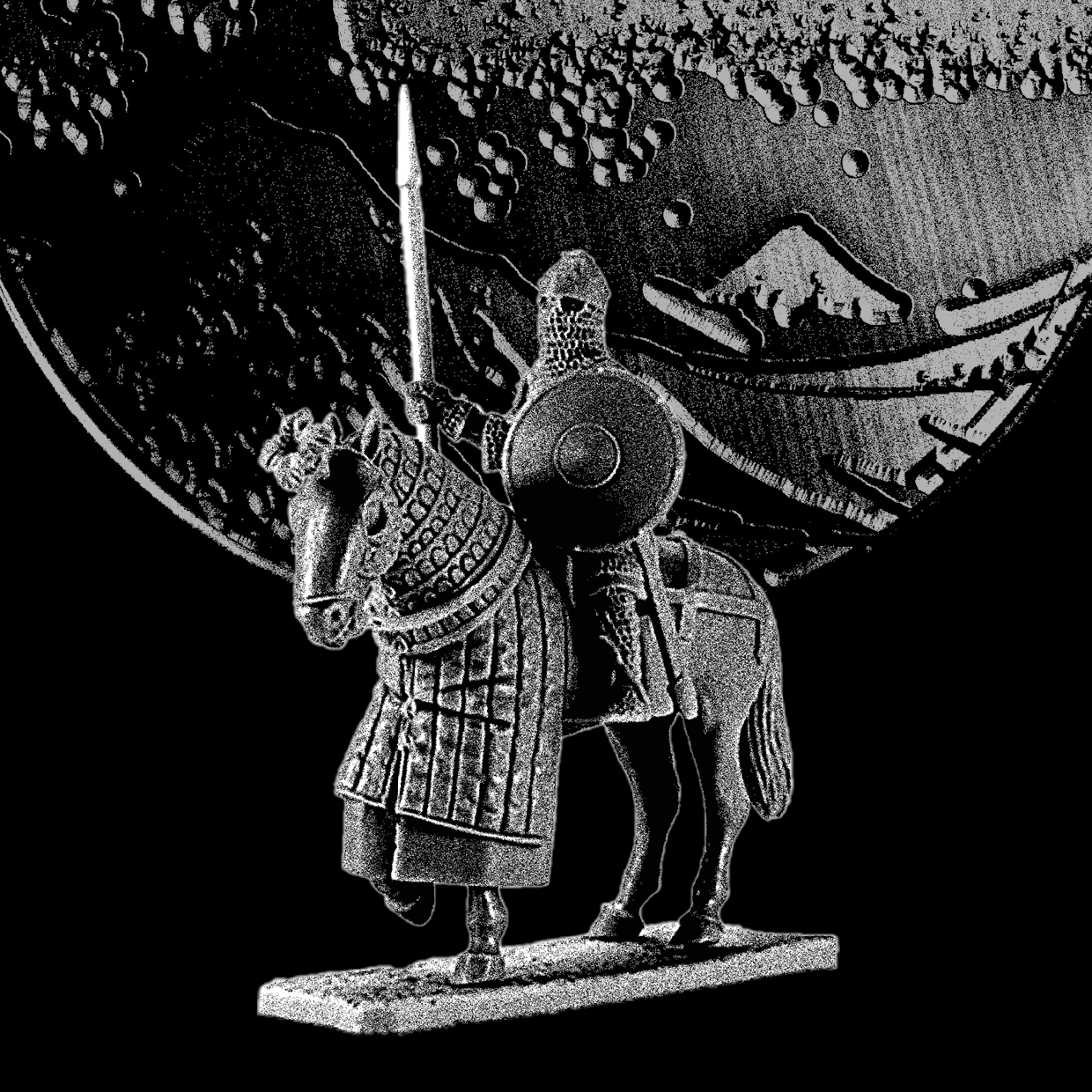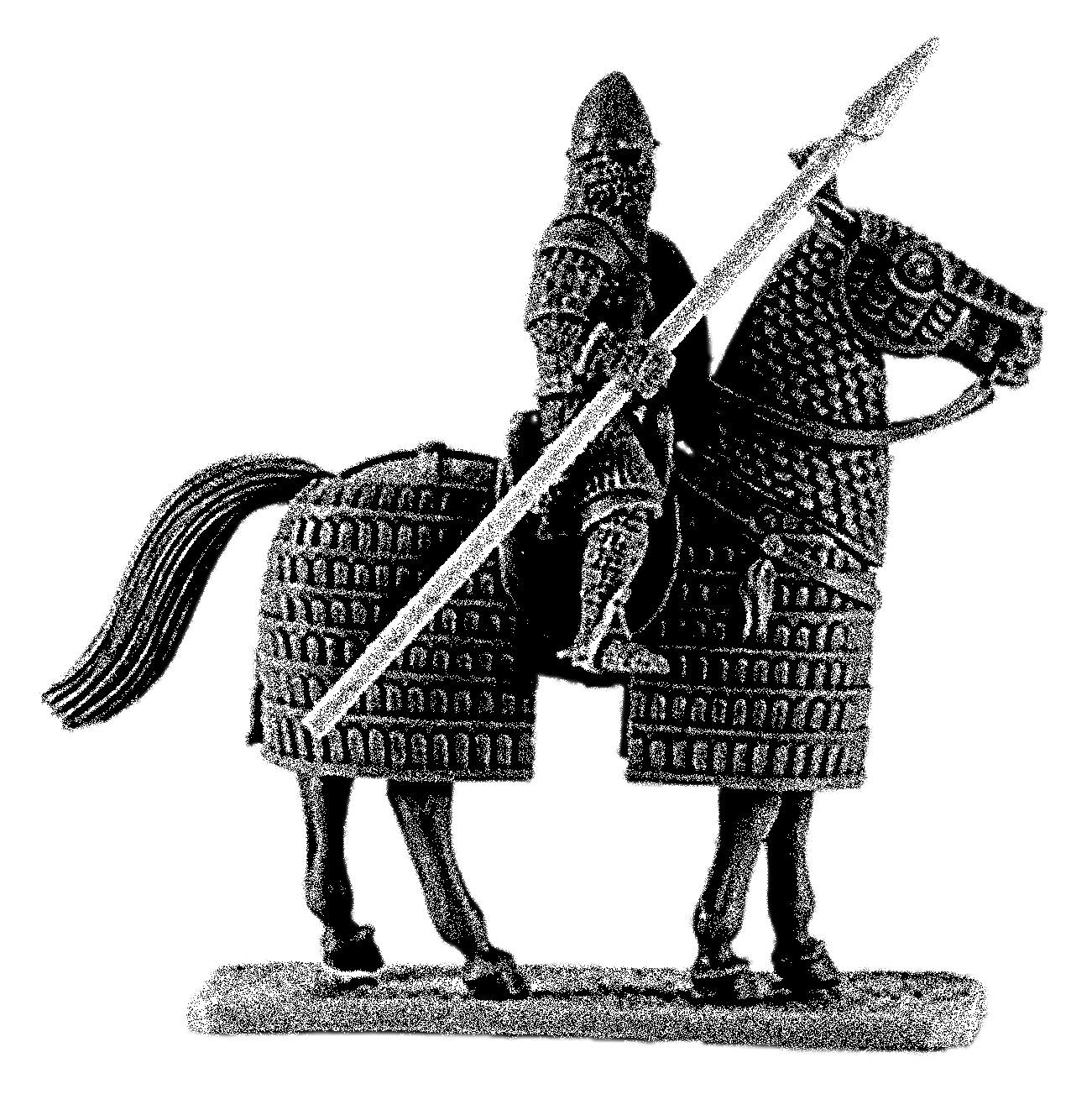
Surfing with Satoshi. Art, Blockchain and NFTs
Surfing with Satoshi. Art, Blockchain and NFTs
First published in Italian in June 2021, the book “Surfing with Satoshi. Art, Blockchain and NFTs“ has been released in English in May 2022
Subscribe to Surfing with Satoshi. Art, Blockchain and NFTs
Receive the latest updates directly to your inbox.

After the Bubble: NFTs as a long-term artistic medium?
In October 2022, Bloomberg Businessweek published a cover-to-cover issue on crypto, written by financial journalist Matt Levine. At some point, Levine writes: “In a sense it’s a dumb time to be talking about crypto, because the lines went down. But really it’s a good time to be talking about crypto. There’s a pause; there’s some repose. Whatever is left in crypto is not just speculation and get-rich-quick schemes. We can think about what crypto means—divorced, a little bit, from the lines going up.”

Surfing with Satoshi. Art, Blockchain and NFTs now available in English!
First published in Italian in 2021, Surfing with Satoshi. Art, Blockchain and NFTs - the book this blog borrows its title from - is now available in English! Edited and published by Aksioma, Ljubljana, and designed by Superness, the book comes in a special edition of 300 copies, and is available for preorder on Aksioma’s web store (free shipping until May 25). A long pdf excerpt is available here.

To add or not to add more blocks to the chains
Sometimes I feel like a weather vane, unable to take a clear stand for or against anything. By attitude, I’m more prone to take a neutral position, to evaluate pros and contras. This has happened to me several times over the course of this odd year. My book Surfing con Satoshi. Arte, blockchain e NFT, soon to be translated into English, is all about that.

For Your Eyes Only
For Your Eyes Only is a group exhibition I curated for the online platform Feral File, where it is currently on view. Featuring works by 13 international artists, the exhibition investigates the future of human visual culture amid the ubiquity of machine vision. I’m posting here my curatorial essay and information about the works in order to link, at least ideally, two extraordinary communities I’ve been part of along this year.

NFT Aesthetics
The term NFT (Non-Fungible Token) became widespread in the year 2021 to identify various digital art forms sold online via dedicated platforms, the uniqueness and ownership of which may be verified using blockchains. This definition, which came into common use on March 11, when Christie’s auctioned off the jpg file of “Everydays: The First 5000 Days” by Mike Winkelmann (better known as Beeple) for more than 69 million dollars, is incorrect in a number of ways. In technical terms, first of all, the NFT is not the digital file which is bought or sold, but the bit of code uniquely identifying it on the blockchain. A blockchain is a register, or database, which is decentralized and encrypted, a combination which makes any information recorded on it unalterable and tamper-proof. This has made blockchains the perfect ecosystem for coining and exchanging crypto-currencies. Digital currencies, like all currencies, are fungible tokens, that is, they may be exchanged for any other token of the same value. A Non-Fungible Token, on the other hand, represents something unique: a collectible item, or a right attributable only to the holder of the token. The behavior and exchange of an NFT are governed by a smart contract, a program which implements – and automatically makes operative – the clauses in a contract, which is also registered on the blockchain.

What Information Wants
This short piece was written for V-SPACE, a regular - curated by Gianluca Gramolazzi for the Italian magazine Made in Mind - with a focus on the relationship between digital and real. While the article is available both online and in the paper magazine, the selected images have been posted only on \*Made in Mind’\*s Instagram account. They are both archived here for the sake of history ;-) Enjoy!

Code as Law. Contemporary Art and NFTs
This text is imported from the Künstlerinnenpreis website blog, where it was published a few days ago. I post it here as a means of redistribution, and as a test of the “import” feature on Mirror. Enjoy!

A War is Going On
This short entry is excerpted from an unpublished interview with a MA student, but it works nicely alone, as a statement. Cover image: Humans Dissecting Martian War Machines, from Henrique Alvim Correa's War Of The Worlds Illustrations, 1906

Crypto Art Does Not Exist. Coming to Terms with an Unfortunate Art Label
The following text is the unpublished draft of an essay I'm writing for an academic magazine, loosely based on chapter 4 of Surfing con Satoshi. If the title sounds confrontational, it definitely wants to be. I'm publishing it here as an attempt to start a dialogue with the Mirror community, which hopefully will leave its traces on the final version of the text. Comments, feedbacks and reactions can be sent to me via e-mail. I'm pushing the "NFT" button nearby "Publish" as a test, but as the final version will be different, it also makes sense to mark it as something "unique". Thank you for reading!
